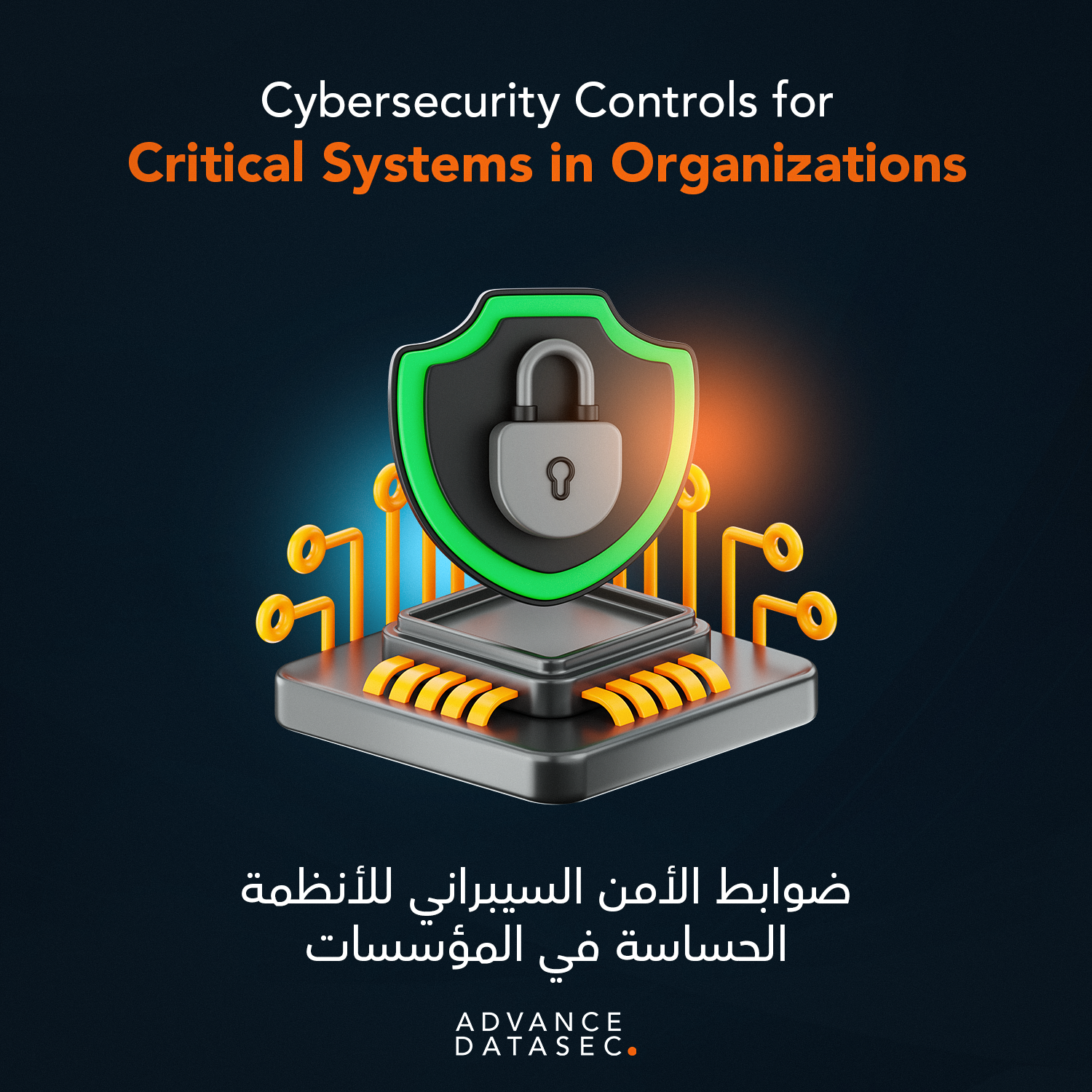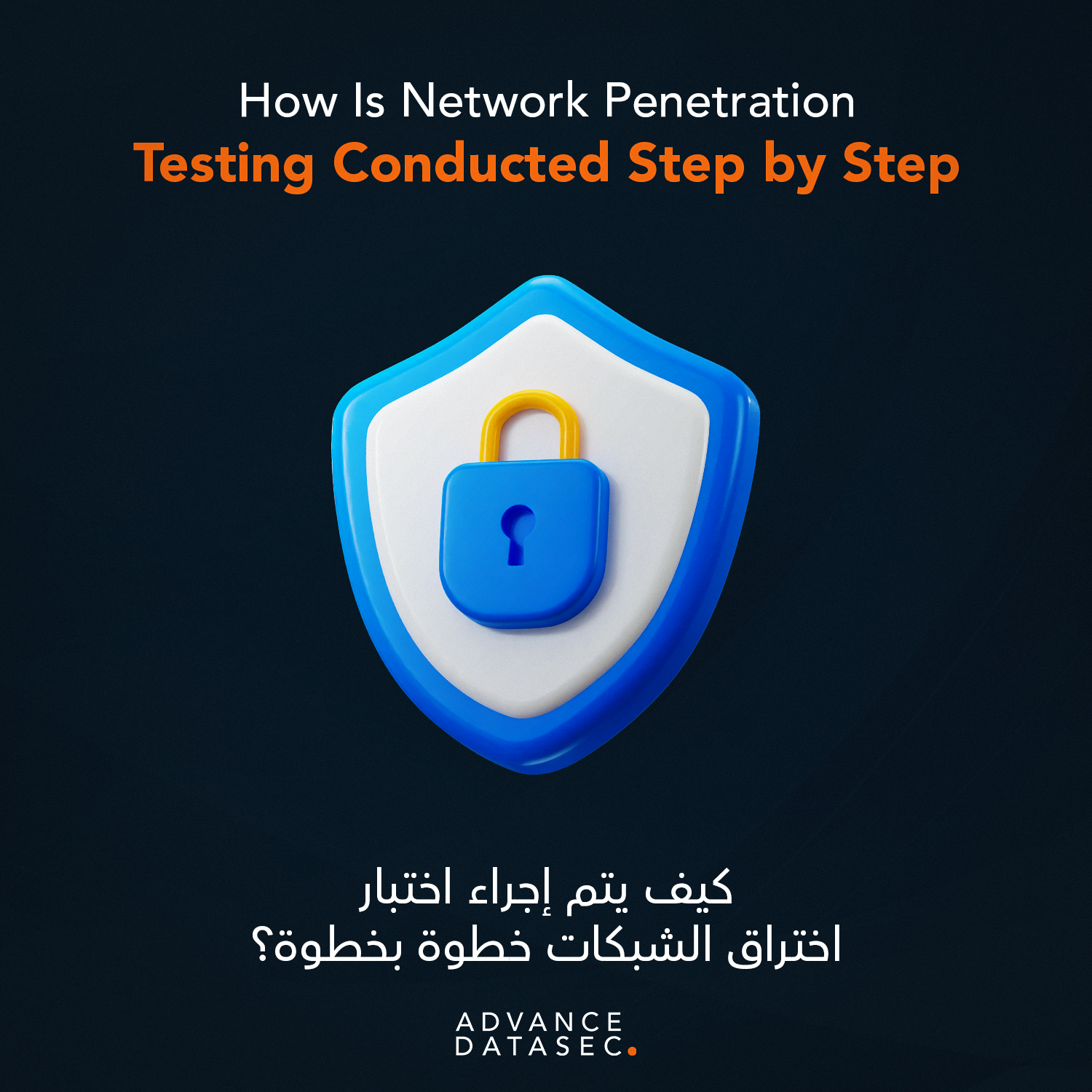In today’s digitized economy, every organization is fundamentally a software company. From banking applications handling billions in transactions to internal platforms managing proprietary data, software is the engine of modern business. Yet, this reliance on code presents the single largest cyber security risk. A recent study by the U.S. National Institute of Standards and Technology (NIST) revealed that over 90% of all reported security incidents trace back to flaws or bugs in the software design or coding phase. This sobering statistic underscores the paramount importance of secure coding.
Secure coding is not merely an optional best practice; it is a foundational discipline that embeds security mechanisms directly into the application’s source code, transforming developers into the first and most critical line of defense. By proactively eliminating vulnerabilities at their root, organizations can bypass the costly, reactive cycle of patching security holes after they have been discovered in production. For businesses seeking resilience, regulatory compliance, and consumer trust, understanding the importance of secure coding is the first step toward a hardened cyber posture.
The High Price of Insecure Development
Traditional software development often separates functionality from security. Developers focus on delivering features quickly, and security testing is postponed until the end of the Software Development Lifecycle (SDLC). This “shift-right” approach creates a severe and expensive problem known as technical debt.
The cost of fixing a vulnerability escalates exponentially the later it is discovered. A simple input validation error, which takes minutes to fix during the coding phase, can cost tens of thousands in incident response, breach notification fees, and regulatory fines if it leads to a successful SQL Injection attack in a production environment.
Insecure code opens the door to the most common and devastating cyber threats:
- Injection Attacks (SQL, Command): Flaws in input handling allow attackers to execute malicious commands against databases or operating systems.
- Broken Authentication and Session Management: Weaknesses in login processes, leading to account takeover.
- Insecure Deserialization: Flaws that allow remote code execution, granting attackers full control over the application server.
- Cross-Site Scripting (XSS): Security holes that enable attackers to inject client-side scripts into web pages viewed by other users.
Recognizing the importance of secure coding means acknowledging that neglecting security at the coding stage transforms a business asset into a critical point of failure. It is the single most effective way to address the vast majority of application security risks, far exceeding the protection offered by external firewalls and network defenses alone.
Core Pillars of Secure Coding Practice
A successful secure coding regime relies on developers adhering to specific, consistent principles designed to eliminate the most common classes of vulnerabilities. These practices become the standard operating procedure (SOP) for development teams:
1. Input Validation and Sanitization
All data entering an application from an external source (user input fields, APIs, external files) must be treated as untrusted. Developers must:
- Validate: Ensure the input conforms to expected format, type, and length (e.g., expecting only numbers in a phone number field).
- Sanitize: Clean the input by removing or neutralizing potentially malicious characters or code (e.g., escaping HTML tags or SQL query components).
2. Robust Error and Exception Handling
Exposing technical error details to a malicious user (e.g., database connection strings, stack traces) provides valuable intelligence for further attacks. Secure code must:
- Fail Securely: Catch exceptions gracefully.
- Log Details: Write full technical details to an internal, secure log file for monitoring.
- Display Generic Messages: Show only simple, non-informative error messages to the end-user.
3. Principle of Least Privilege
The application and its components (database connections, API keys, service accounts) should only have the minimum permissions necessary to perform their required tasks. This limits the damage an attacker can inflict if they compromise a single component.
4. Secure Data Storage and Transmission
Sensitive data must be protected throughout its lifecycle. This includes:
- Encryption at Rest: Using strong encryption algorithms to protect data stored in databases or file systems.
- Encryption in Transit: Enforcing HTTPS/TLS for all communication to prevent eavesdropping.
- Salted and Hashed Passwords: Never storing passwords in plain text; always using industry-standard, slow hashing algorithms (like Argon2 or bcrypt) with a unique salt.
Compliance, Reputation, and the Strategic Importance of Secure Coding
Beyond technical necessity, the importance of secure coding is magnified by business and regulatory demands.
Meeting Regulatory Requirements
Global and regional regulatory bodies mandate robust application security. For organizations operating in the Kingdom of Saudi Arabia, compliance with frameworks like the NCA Essential Cybersecurity Controls (ECC) and the SAMA Cybersecurity Framework (CSF) often requires demonstrated use of a Secure Software Development Lifecycle (SSDLC), which places secure coding training and practices at its core. Secure coding provides the auditable proof that an organization is adhering to “Security by Design” principles.
Protecting Brand Integrity
A data breach stemming from a code vulnerability can cause irrecoverable damage to a brand’s reputation. Customers and partners are increasingly aware of cyber risks and expect the organizations they deal with to take proactive security measures. Delivering applications built upon secure coding standards reinforces trust and demonstrates a commitment to safeguarding sensitive information.
Operational Efficiency
Integrating security early, often referred to as “Shift-Left,” accelerates the overall development process. When developers write secure code the first time, the application spends less time bouncing back and forth between security testers and developers, resulting in faster time-to-market for new features and products.
Achieving Secure Coding Mastery
Embedding a culture of secure coding requires a comprehensive strategy that combines policy, training, and automation:
- Mandatory Training: Developers must receive regular, hands-on training focused on the latest vulnerability trends (e.g., OWASP Top 10) and secure coding techniques for their specific languages (Java, Python, PHP, etc.).
- Static Application Security Testing (SAST): Implementing automated tools into the Continuous Integration/Continuous Deployment (CI/CD) pipeline. SAST tools scan the source code during development to automatically flag common security errors, providing immediate feedback to the developer.
- Peer Review and Security Champions: Establishing security as a mandatory checklist item in all code reviews and designating “Security Champions” within development teams who act as security liaisons and promoters of secure practices.
- Defined Standards: Adopting clear, documented secure coding standards and ensuring all code changes are measured against these standards before deployment.
These elements collectively ensure that the importance of secure coding is understood and implemented at every level of the development team, making security a shared responsibility rather than an isolated function.
Conclusion
In the battle against cyber threats, the code itself is the ultimate frontier. The long-term security, financial viability, and reputation of any digital enterprise depend critically on the quality and integrity of its software. The importance of secure coding is the realization that prevention is not only better than cure but is also far more economical and efficient. By empowering developers with the knowledge, tools, and processes required to write defensible code, organizations move from a reactive security posture to a proactive, resilient one.
Ready to elevate your application security and ensure your code meets the stringent demands of compliance frameworks like NCA and SAMA? Contact Advance Datasec today for expert Secure Coding Training, Static Application Security Testing (SAST) integration, and comprehensive Secure Software Development Lifecycle (SSDLC) consultation.

For more articles:







